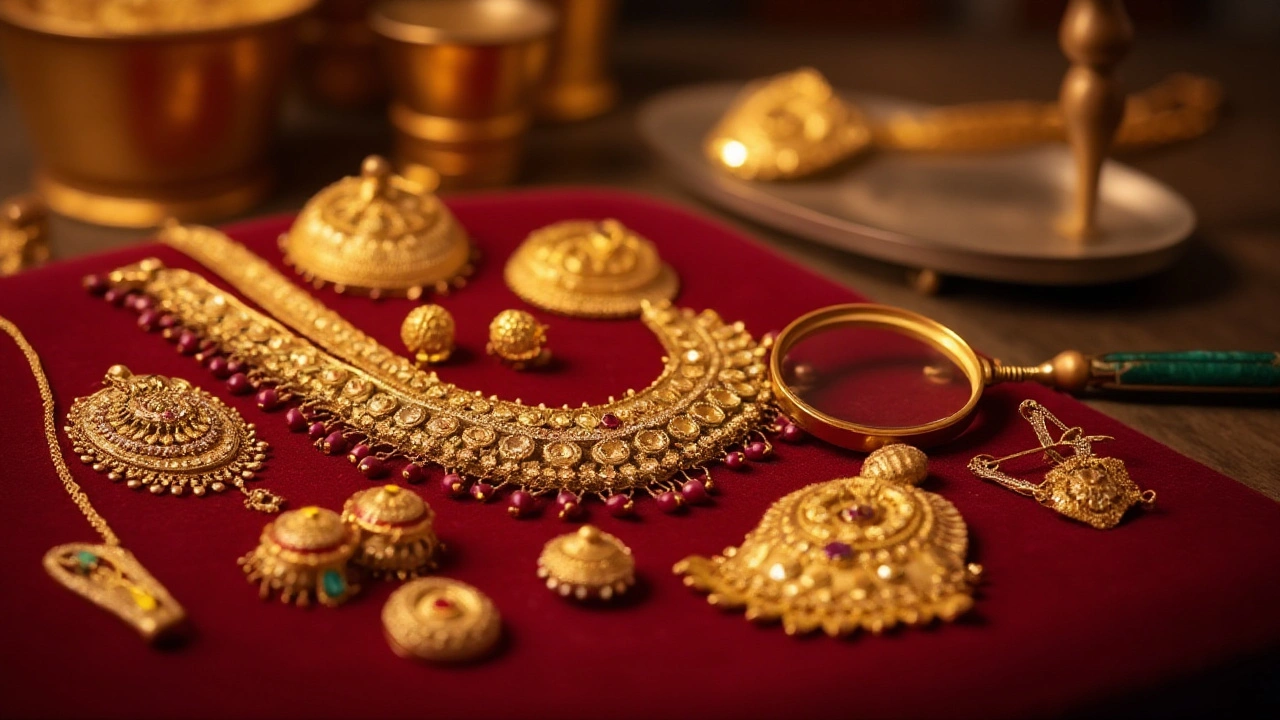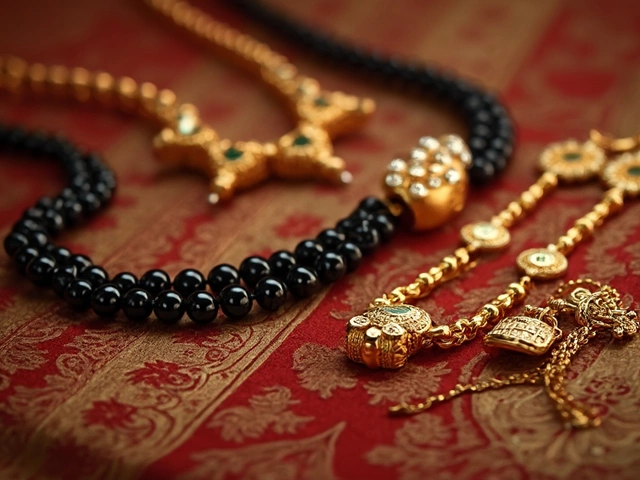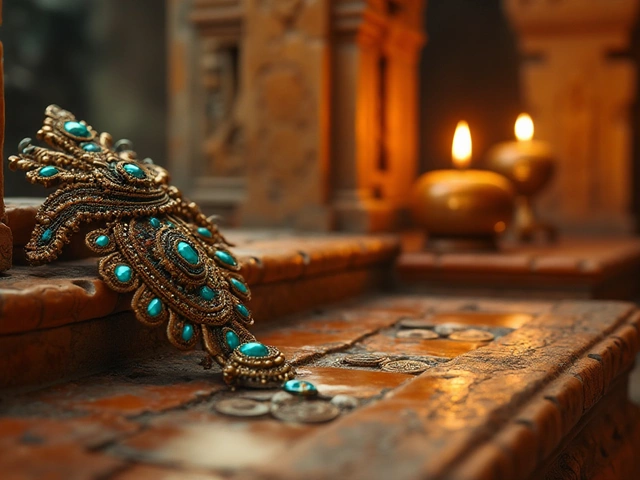Gold Resale Value – Simple Ways to Get the Best Price
If you own gold jewellery, you’ve probably wondered how much you’ll get back if you decide to sell. The answer depends on a few clear factors, and you don’t need a PhD to understand them. Let’s break down what influences gold resale value and how you can boost the amount you walk away with.
What Affects Gold Resale Value?
First off, purity matters. Gold is graded by karat, with 24K being pure gold. In India, 22K (916) and 21K (875) are common for jewellery. The higher the karat, the more gold you actually have, so a 22K piece will fetch a better price than a 18K one, even if they look similar.
Next, the current market price of gold sets the baseline. Prices swing daily based on global demand, currency shifts, and economic news. Checking the latest rates before you head to a buyer can save you a few hundred rupees per gram.
Hallmarks and certifications are another big driver. A BIS (Bureau of Indian Standards) hallmark proves the gold’s purity and protects you from lowball offers. If your piece has a clear stamp, most reputable buyers will honor the listed price.
Design and condition also play a role. Intricate designs, well‑crafted settings, and pieces in good condition are more attractive to buyers. On the flip side, heavy wear, missing stones, or a broken clasp can lower the resale value.
Lastly, the type of buyer matters. Local jewellers, pawn shops, and online platforms each have their own pricing models. Generally, specialised gold dealers and certified second‑hand jewellery stores offer higher rates than casual buyers.
How to Boost Your Gold’s Resale Price
Start by cleaning your jewellery. A gentle polish removes dust and oils, making the gold sparkle and appear more valuable. Avoid harsh chemicals; a soft cloth and mild soap work fine.
Gather all documentation. If you still have the original purchase receipt, warranty card, or any appraisals, keep them handy. Proof of purchase reassures buyers that the piece isn’t stolen and that the declared karat is accurate.
Know the current gold rate. Use a reliable source like the RBI or a trusted financial news site. Having the exact per‑gram price lets you negotiate confidently and spot any under‑offers.
Consider getting a professional appraisal. An independent gemologist can verify purity and provide an official valuation. While there’s a small fee, it often pays off by securing a better resale price.
Choose the right time to sell. Historically, gold prices dip in monsoon months and rise during festival seasons like Diwali. If you can wait, aim for a period when demand spikes – you’ll likely get a better rate.
Shop around. Don’t settle for the first quote. Visit at least three reputable buyers, compare offers, and ask them to explain any deductions they make. This also helps you gauge market fairness.
Finally, be honest about the piece’s condition. Hiding flaws may get you a higher initial quote, but it can backfire during detailed inspection and damage your credibility.
Understanding gold resale value isn’t rocket science. Focus on purity, market rates, hallmarks, condition, and buyer type. Clean your jewellery, keep paperwork, know the price trends, and negotiate with confidence. Follow these steps and you’ll walk away with the best possible return on your gold jewellery.
Top Gold Jewelry with the Best Resale Value in 2024
Gold has always been a symbol of wealth and a reliable investment option. For those interested in purchasing gold jewelry, understanding which pieces hold the highest resale value is crucial. Factors such as purity, design, and market trends play a significant role in resale potential. This article explores the types of gold that provide the most substantial return, offering insight into making smart investment decisions in gold jewelry.





